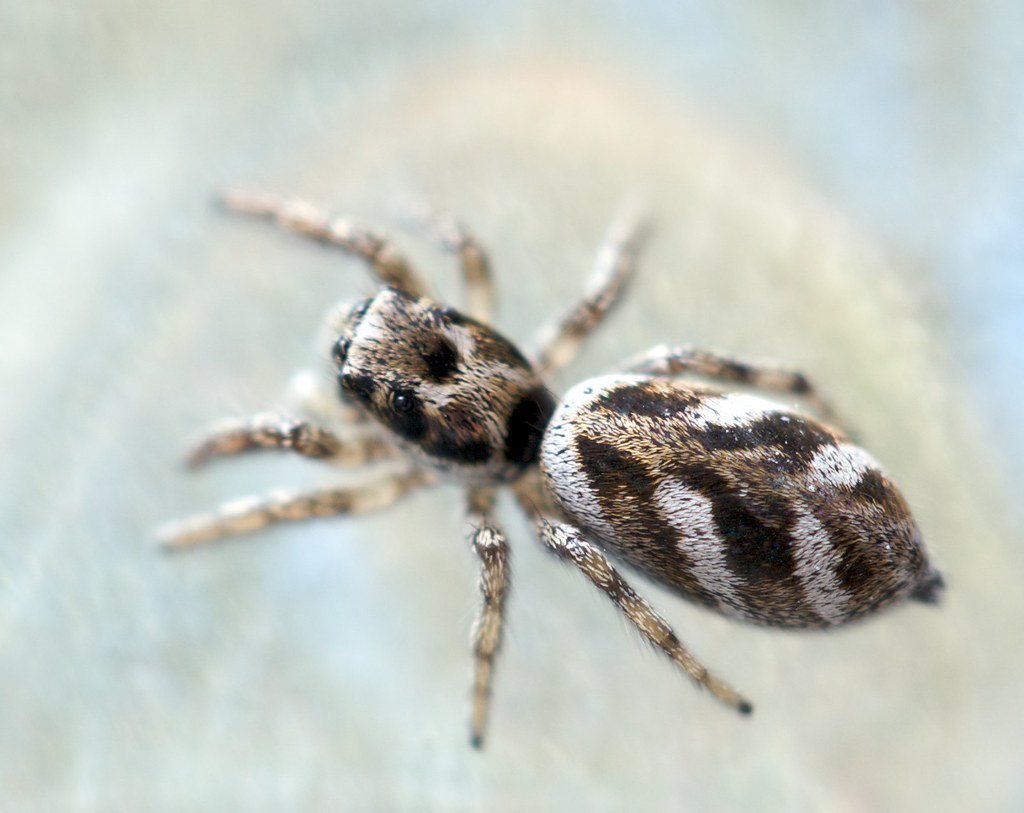Picture this: you walk into your bathroom for your morning routine, and something catches your eye. Your toothbrush holder isn’t where you left it. It’s moved several inches across the counter, leaving a mysterious trail behind it. Before you blame the kids or question your memory, consider this shocking possibility – your bathroom might be home to some uninvited guests who are literally moving your stuff around while you sleep.
The Mystery That’s Bugging Everyone
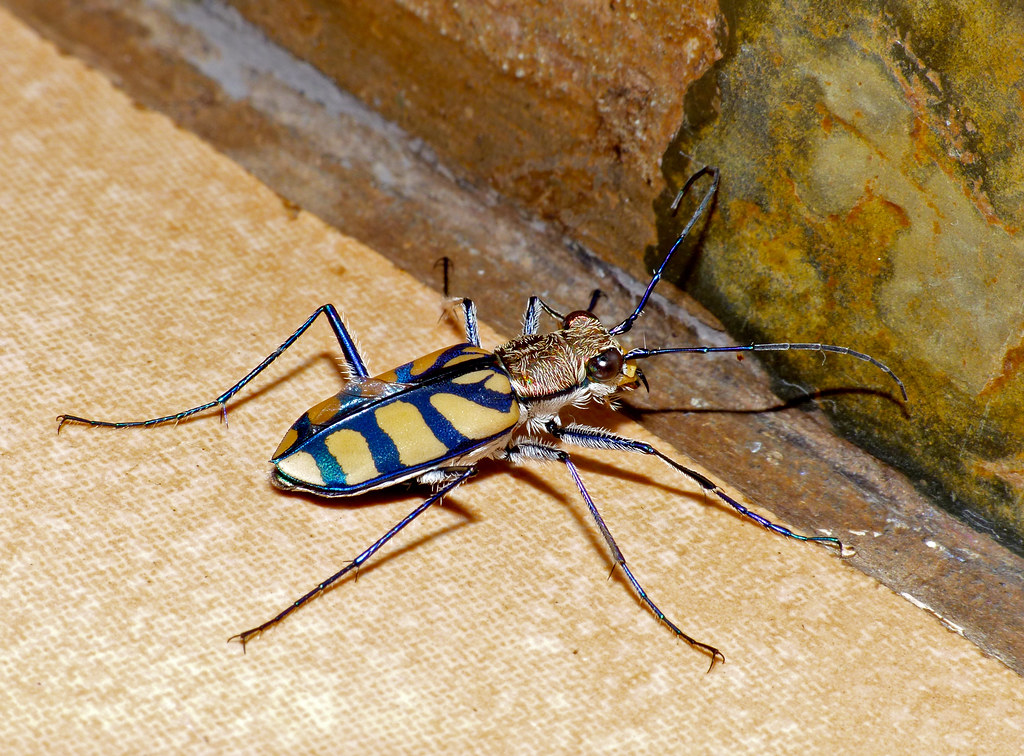
Across the globe, homeowners are reporting the same bizarre phenomenon: bathroom items that seem to migrate on their own. Toothbrush holders, soap dispensers, and small containers mysteriously change positions overnight, leaving behind telltale signs of their journey.
What’s causing this strange occurrence isn’t supernatural – it’s actually a fascinating example of how tiny creatures can exert surprising force when working together. The culprits are often insects and other small arthropods that have found their way into our most private spaces.
Meet the Tiny Powerhouses Behind the Movement

Ants are the most common suspects in these bathroom mysteries. These incredible insects can lift objects 10 to 50 times their own body weight, making them nature’s ultimate movers and shakers. When a colony decides your toothbrush holder is blocking their path or contains something interesting, they’ll work together to relocate it.
Carpenter ants, in particular, are notorious for their strength and determination. A single worker ant weighs about 1-5 milligrams, yet they can move objects weighing several grams. When dozens or hundreds work together, they can easily budge lightweight bathroom accessories.
The Science of Insect Teamwork
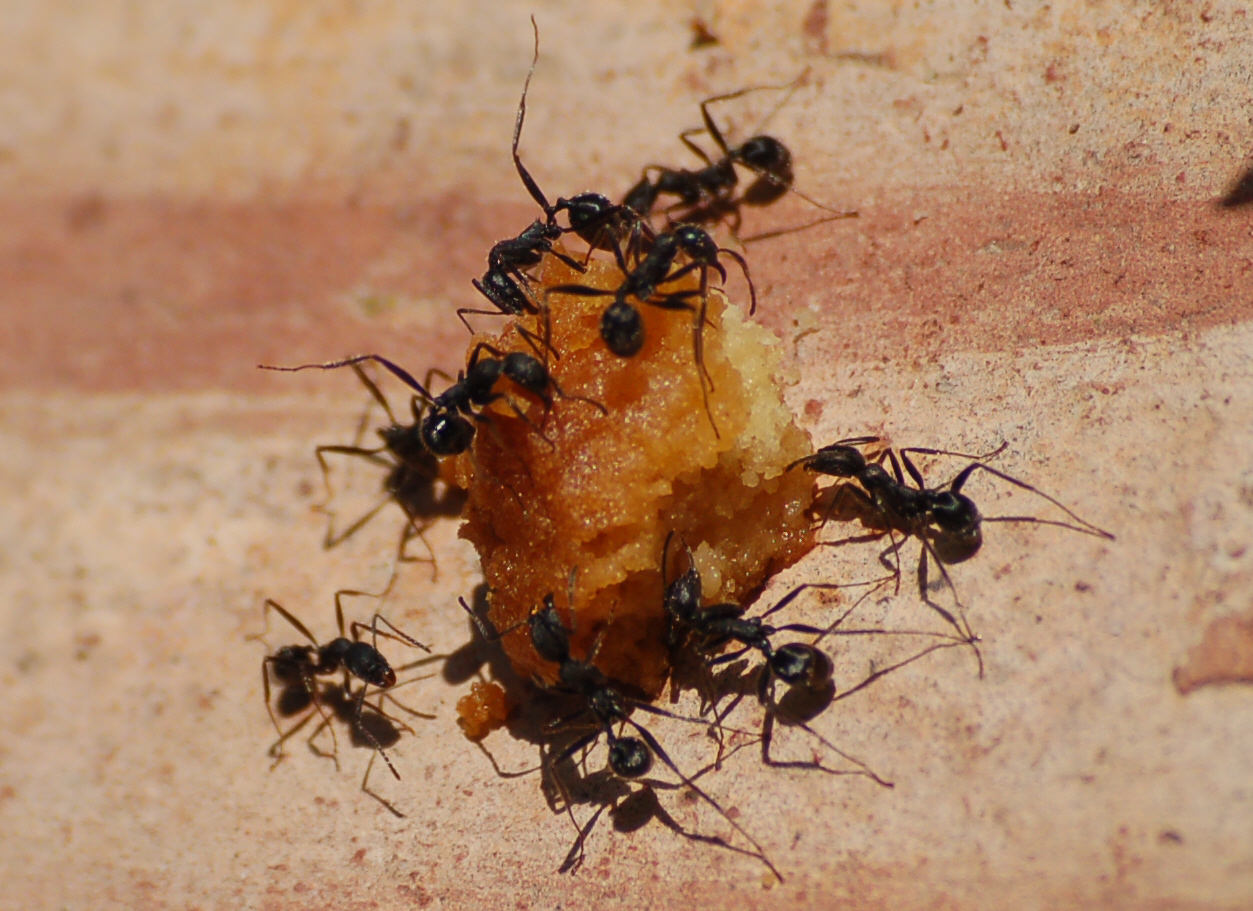
The phenomenon you’re witnessing is called collective transport, and it’s one of nature’s most impressive displays of coordination. Insects don’t have a foreman directing traffic – instead, they use chemical signals called pheromones to communicate and coordinate their efforts.
When one ant discovers an obstacle or something worth moving, it releases specific pheromones that attract other workers. These chemical messages create a feedback loop: more ants arrive, more pheromones are released, and the moving force multiplies exponentially.
Recent studies have shown that ants can adjust their strategy based on the object’s weight and shape, demonstrating a level of problem-solving that would make any moving company jealous.
Why Your Bathroom Became Their Highway
Bathrooms provide everything insects need to thrive: moisture, warmth, and often food sources in the form of soap residue, toothpaste, and dead skin cells. Your daily routine creates micro-environments that attract various species looking for resources.
The smooth surfaces of bathroom counters actually make it easier for insects to move objects. Unlike rough outdoor terrain, your polished countertop provides the perfect low-friction surface for collective transport. It’s like giving ants a superhighway for their moving operations.
The Usual Suspects: Identifying Your Unwelcome Movers

Different insects leave different clues behind. Ants typically create visible trails of pheromones that appear as faint, shimmering lines on surfaces. You might also notice tiny particles of debris or food scattered along their route.
Cockroaches, another common bathroom invader, tend to work alone but can still move surprisingly large objects. They leave behind a musty odor and dark, pepper-like droppings that betray their presence. Unlike ants, roaches are more likely to knock things over rather than carry them in an organized fashion.
Silverfish, those primitive wingless insects, are attracted to the starch in toothpaste and soap. While they can’t move large objects, they can cause smaller items to shift as they search for food sources underneath or around bathroom accessories.
The Moisture Connection: Why Water Attracts Unwanted Guests

Insects are drawn to bathrooms like magnets to metal, and water is the primary attractant. Even the smallest leak or condensation can create a paradise for moisture-loving creatures. Your seemingly dry bathroom might have hidden water sources that insects can detect with their sensitive antennae.
The humidity from hot showers creates an ideal environment for many species. Some insects, like drain flies, actually breed in the moist organic matter that builds up in pipes and drains. As their populations grow, they become more active and likely to interact with your bathroom accessories.
Seasonal Patterns: When Movement Peaks
Many homeowners notice that bathroom mysteries intensify during certain times of year. Spring brings increased ant activity as colonies expand and scout for new territories. Your bathroom might become a contested zone as different species compete for the same resources.
Summer heat drives insects indoors seeking cooler, moister environments. This seasonal migration can turn your bathroom into a superhighway for various species, leading to more frequent mysterious movements of your personal items.
Fall presents its own challenges as insects prepare for winter by stockpiling food and seeking shelter. This urgency can lead to more aggressive exploration of your bathroom spaces, resulting in more dramatic relocations of your belongings.
The Hidden Highways: How Insects Navigate Your Home
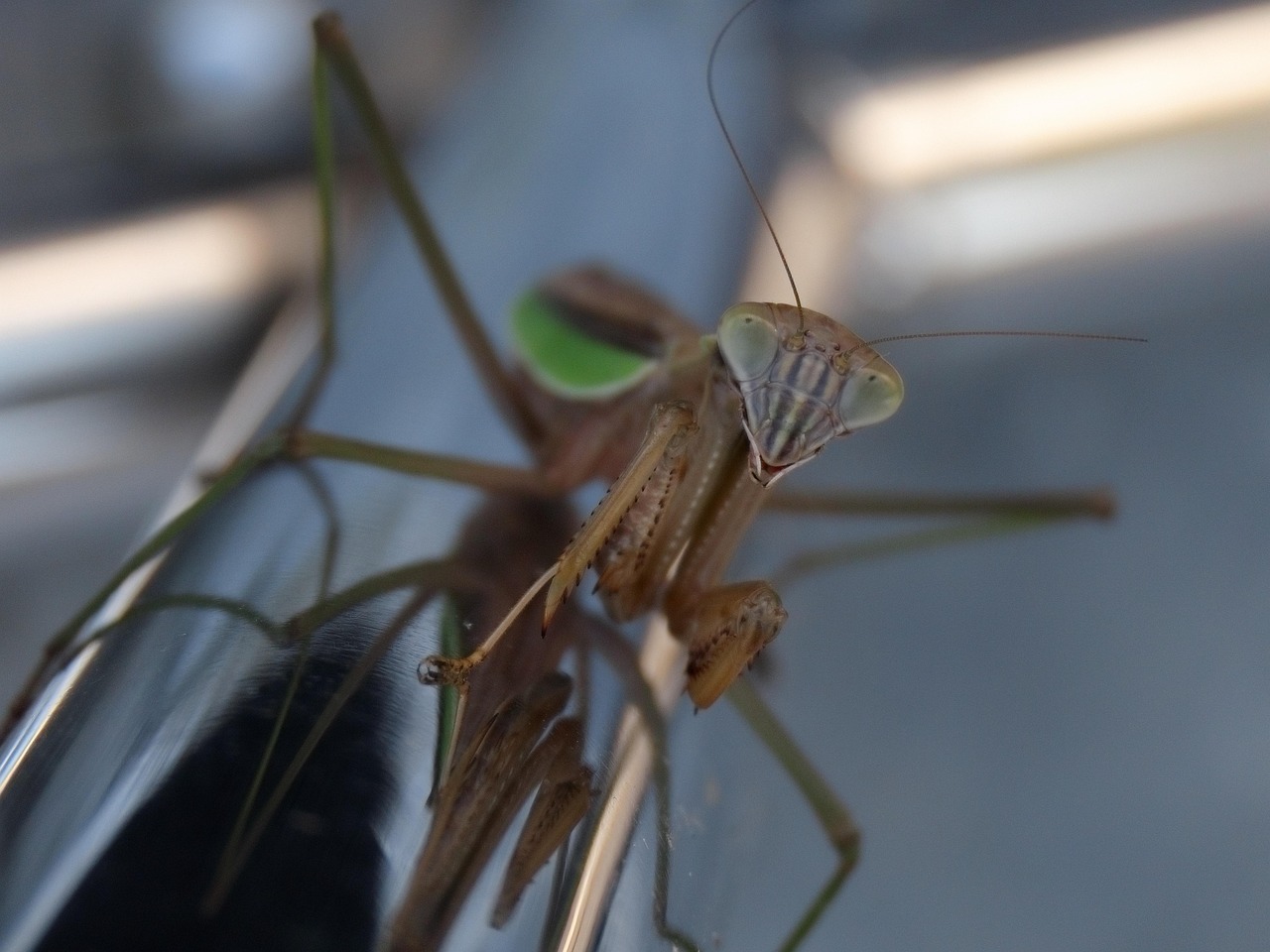
Your bathroom doesn’t exist in isolation – it’s connected to the rest of your house through a network of pipes, vents, and tiny cracks that serve as insect highways. These hidden pathways allow creatures to move between rooms undetected, turning your entire home into their territory.
Plumbing systems create perfect corridors for insect travel. The space around pipes provides both shelter and a navigation system that insects follow from room to room. This explains why bathroom problems often coincide with kitchen issues – they’re all connected underground.
Wall cavities and electrical conduits offer additional routes for insect movement. What seems like a simple bathroom invasion might actually be part of a larger infestation that spans multiple rooms in your home.
The Physics of Tiny Movers
The mechanics behind insect moving power are truly remarkable. Ants use their mandibles (jaws) and legs to grip objects, while their low center of gravity provides stability. When multiple ants work together, they can distribute weight and force in ways that maximize their collective strength.
Surface tension plays a crucial role in insect movement capabilities. The same forces that allow water striders to walk on water help ants maintain their grip on smooth bathroom surfaces while carrying objects many times their size.
Friction becomes an ally when insects coordinate their movements. By gripping surfaces at different angles, they can create enough combined friction to move objects that would seem impossible for their size.
Technology Meets Biology: Modern Solutions
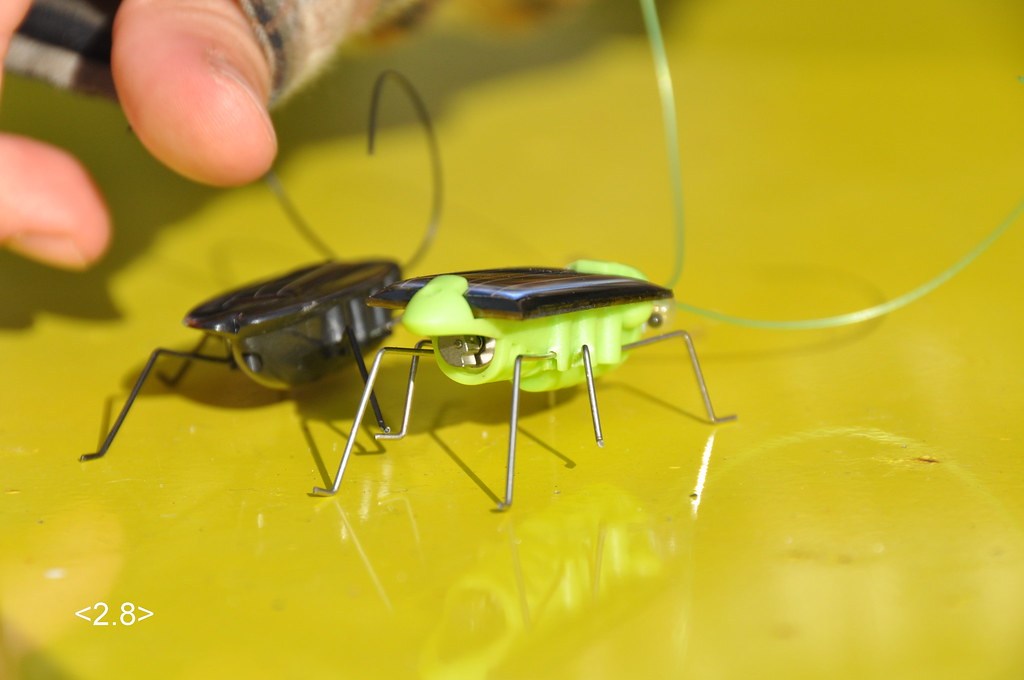
Recent advances in pest control technology have given us new insights into insect behavior and movement patterns. Motion-activated cameras can actually capture these mysterious movements in action, providing homeowners with proof of what’s really happening in their bathrooms.
Smart sensors can detect the chemical signatures of different insect species, helping identify exactly which creatures are causing your bathroom mysteries. This targeted approach allows for more effective treatment strategies that address the specific type of invasion you’re experiencing.
UV light technology reveals the invisible pheromone trails that insects use to navigate and communicate. These trails often persist long after the insects have moved on, explaining why problems tend to recur in the same locations.
Prevention Strategies That Actually Work
The key to stopping bathroom mysteries lies in eliminating the conditions that attract insects in the first place. This means addressing moisture issues, sealing entry points, and removing food sources that draw these tiny movers to your space.
Regular cleaning with enzyme-based products can break down the organic materials that insects seek. Unlike conventional cleaners, enzyme cleaners actually eliminate the microscopic food sources that sustain insect populations rather than just masking them.
Strategic placement of your bathroom accessories can also discourage insect activity. Keeping items away from walls and corners reduces the likelihood that insects will encounter them during their normal travel patterns.
The Psychological Impact: When Your Space Feels Invaded
Living with mysterious bathroom movements can create genuine anxiety and stress. The knowledge that tiny creatures are active in your most private spaces can be deeply unsettling, affecting your comfort and peace of mind at home.
Many people report feeling like they’re losing control of their environment when faced with these unexplained movements. This psychological impact is real and valid – our homes should be sanctuaries, not battlegrounds with invisible invaders.
Understanding the science behind these phenomena can help restore a sense of control. When you know what’s happening and why, you can take targeted action instead of feeling helpless against an unknown force.
Natural Solutions from Nature Itself
Some of the most effective solutions to insect problems come from nature itself. Certain plants produce compounds that repel insects without harming humans or pets, offering a sustainable approach to bathroom pest control.
Essential oils like peppermint, tea tree, and eucalyptus can disrupt insect communication systems and navigation abilities. These natural deterrents work by overwhelming the sensitive chemical receptors that insects use to find food and communicate with each other.
Diatomaceous earth, a natural powder made from fossilized algae, creates microscopic barriers that insects cannot cross. This ancient solution has been protecting human spaces from unwanted visitors for centuries.
When to Call in the Professionals
While many bathroom mysteries can be solved with DIY approaches, some situations require professional intervention. If you’re seeing large-scale movement of multiple objects or evidence of significant insect activity, it’s time to bring in experts who can assess the full scope of the problem.
Professional pest control specialists have access to advanced detection equipment and targeted treatments that aren’t available to consumers. They can identify species, locate nesting sites, and implement comprehensive solutions that address both current problems and future prevention.
The cost of professional treatment is often less than the cumulative expense of repeated DIY attempts, especially when you factor in the peace of mind that comes with knowing your bathroom mystery has been definitively solved.
Conclusion: Reclaiming Your Space

The case of the crawling toothbrush holder isn’t a supernatural phenomenon – it’s a fascinating example of how nature’s smallest creatures can have outsized impacts on our daily lives. By understanding the science behind insect behavior and movement, we can take effective action to reclaim our spaces and restore our peace of mind.
The key lies in addressing the root causes rather than just the symptoms. Moisture control, proper sanitation, and strategic prevention measures can eliminate the conditions that attract these tiny movers in the first place. With the right approach, your bathroom can return to being the private sanctuary it should be.
Remember that every mysterious movement in your bathroom tells a story about the hidden ecosystem sharing your home. The question isn’t whether you’ll encounter these situations – it’s how prepared you’ll be to handle them when they arise.

